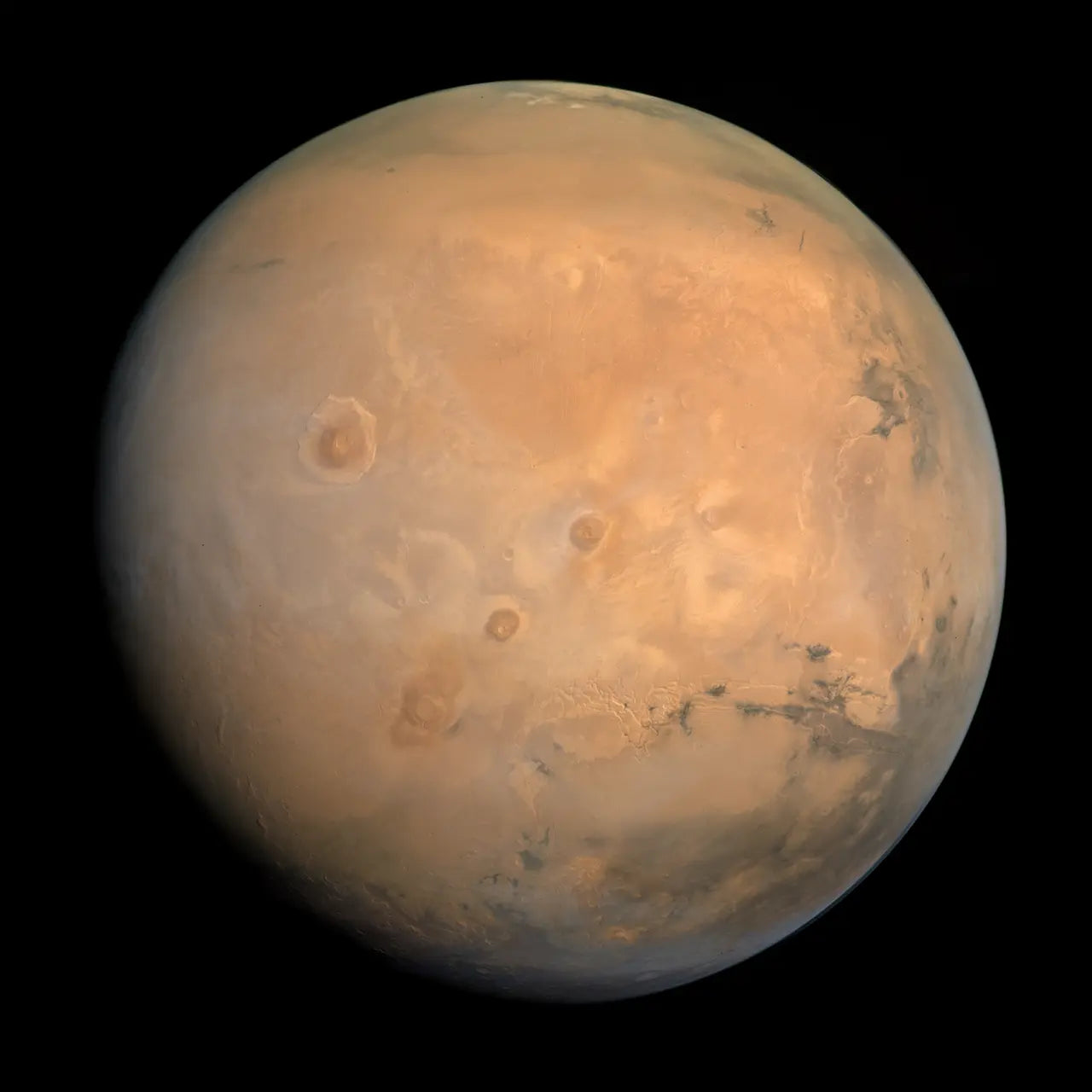A Comprehensive Look into the Red Planet's Lifeless State
Introduction
Mars, the fourth planet from the Sun, has long captivated the human imagination. With its reddish hue and intriguing geological features, it's easy to wonder what secrets the Red Planet holds. However, despite its allure, Mars is often referred to as a "dead planet." But what does that mean, and why is Mars considered lifeless? This article delves into the scientific reasons behind Mars' barren state.
Lack of a Magnetic Field
Earth's Protective Shield
One of the most significant factors that make Earth habitable is its magnetic field, which serves as a protective shield against harmful solar radiation and solar winds. This magnetic field is generated by the Earth's molten iron core.
Mars' Missing Magnetosphere
Mars, on the other hand, lacks a global magnetic field. Scientists believe that Mars once had a magnetic field similar to Earth's, but it disappeared around 4 billion years ago. The absence of a magnetic field means that Mars is exposed to solar winds and radiation, which can strip away its atmosphere and make the surface uninhabitable.
Thin Atmosphere
Composition and Pressure
Mars has a very thin atmosphere composed mainly of carbon dioxide, with trace amounts of other gases like nitrogen and argon. The atmospheric pressure is less than 1% of Earth's, making it insufficient to support liquid water on the surface.
Consequences for Life
A thin atmosphere also means that Mars cannot retain heat effectively, leading to extreme temperature fluctuations. These conditions make it difficult for life as we know it to exist.
Lack of Liquid Water
The Essential Ingredient
Water is considered essential for life. On Earth, wherever there is water, there is life.
Mars' Dry State
Mars is incredibly dry, with only small amounts of water vapor in its atmosphere. While there is evidence of ancient river valleys and polar ice caps, liquid water is currently not stable on the planet's surface due to low atmospheric pressure and extreme temperatures.
Harsh Chemical Conditions
Perchlorates
The Martian soil contains chemicals like perchlorates, which are toxic to most forms of life. These chemicals can interfere with metabolic processes, making the soil inhospitable.
Radiation Levels
The lack of a magnetic field and thin atmosphere also mean that the surface of Mars is exposed to higher levels of radiation, which can be harmful to life.
Conclusion
While Mars is a fascinating planet with a rich geological history, its lack of a magnetic field, thin atmosphere, absence of liquid water, and harsh chemical conditions make it a "dead planet." However, ongoing research and future missions aim to explore the possibility of past life and even the potential for human habitation. For now, though, Mars remains a lifeless world, offering valuable lessons on the fragility and uniqueness of life on Earth.

